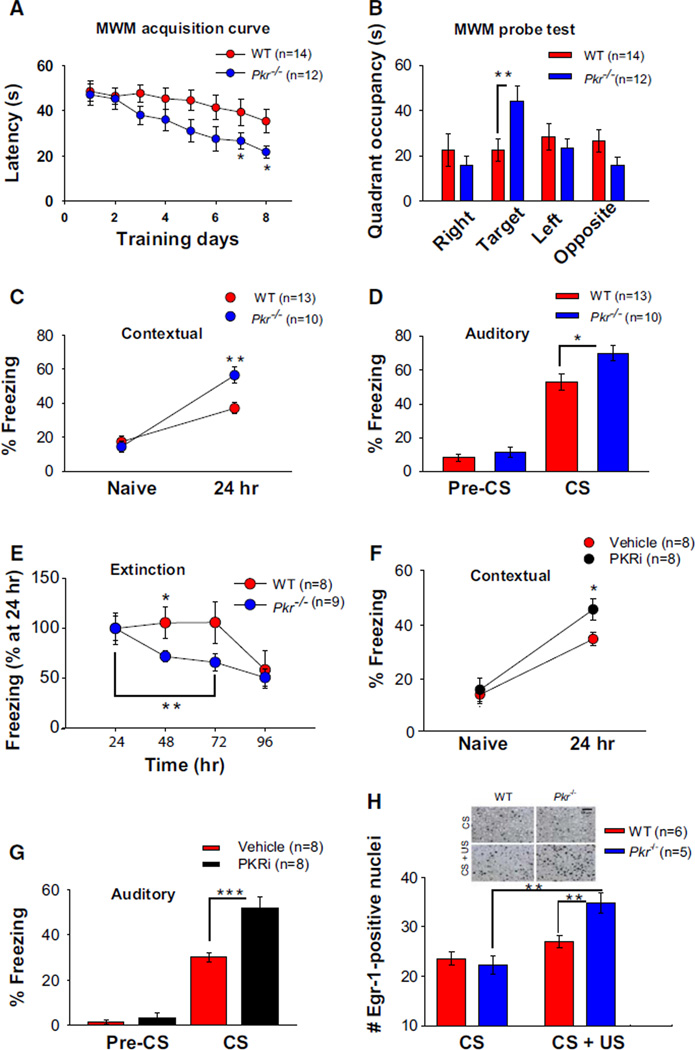Figure 6. Enhanced Spatial and Fear Memory in Pkr−/− Mice or WT Mice Treated with PKRi.
(A) Mean escape latencies as a function of training days in the Morris water maze (one trial/day). Compared to WT controls, escape latencies were significantly shorter for Pkr−/− mice after day 6 (day 7, F(1,24) = 7.4; day 8, F(1, 24) = 6.4; *p < 0.05).
(B) In the probe test performed on day 9, only Pkr−/− mice preferred the target quadrant (F(1, 24) = 11.109; **p < 0.01).
(C) For contextual fear conditioning, freezing times were recorded before conditioning (naive, during 2 min period) and then 24 hr after training (during 5 min period).
(D) For auditory fear memory, freezing times were measured 24 hr posttraining either before the onset of the tone (pre-CS, for 2 min) or during the tone presentation (for 3 min). Enhanced freezing 24 hr after training indicates stronger fear memory in Pkr−/− mice (C, F(1, 21) = 10.2; **p < 0.01; D, F(1,21) = 5.2; *p < 0.05).
(E) Pkr−/− mice exhibited significantly faster extinction of freezing in response to the context, as compared to WT littermates (at 48 hr, WT versus Pkr−/− mice; F(1, 15) = 4.7; *p < 0.05; Pkr−/− mice within group, 24–72 hr; F(2, 8) = 12.8; **p < 0.01).
(F and G) PKRi injection (0.1 mg/kg i.p.) immediately after training enhanced both contextual (F, F(1, 14) = 6.6; *p < 0.05) and auditory (G, F(1, 14) = 19.1; ***p < 0.001) long-term fear memories.
(H) The expression of the immediate-early gene Egr-1 was similar in CA1 neurons from WT and Pkr−/− mice exposed to context (CS). In response to contextual fear training (CS+US), there was a significantly greater number of Egr-1-positive neurons in CA1 from Pkr−/− mice (F(1,9) = 11.94; **p < 0.01; Pkr−/− CS versus CS+US, F(1,8) = 30.7; **p < 0.01).
For information about the role of PKRi in LTM maintenance, see Figure S7B. See Figure S7D for the effect of PKRi in vivo and Figure S4 for the lack of anxiety-reflecting behavior in Pkr−/− mice.

